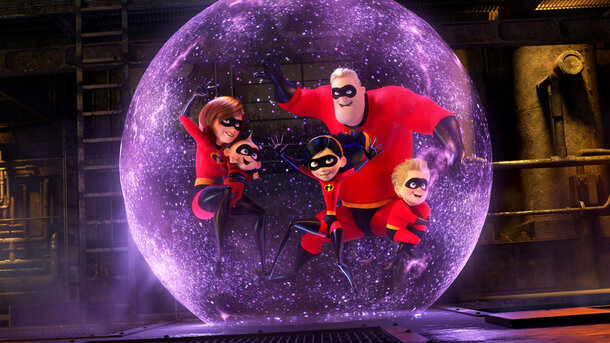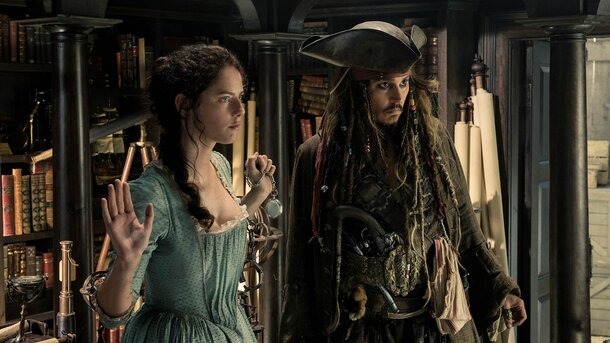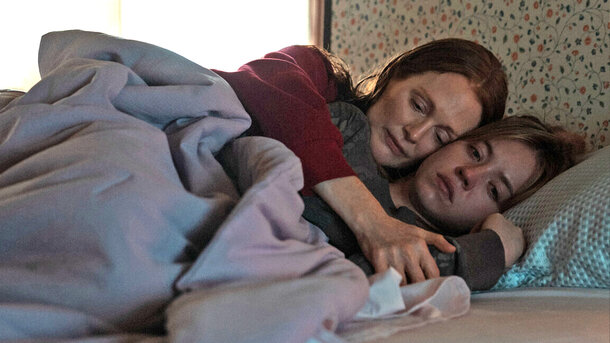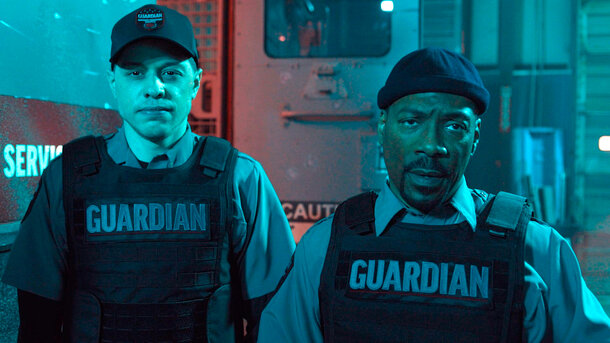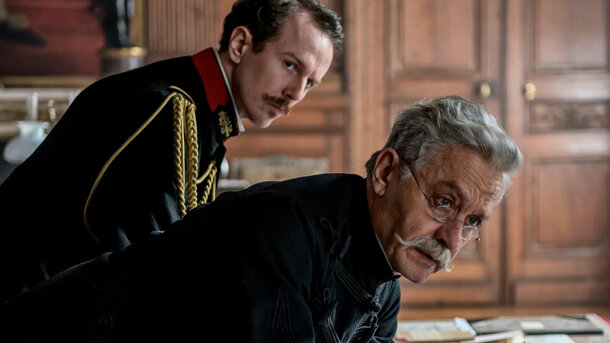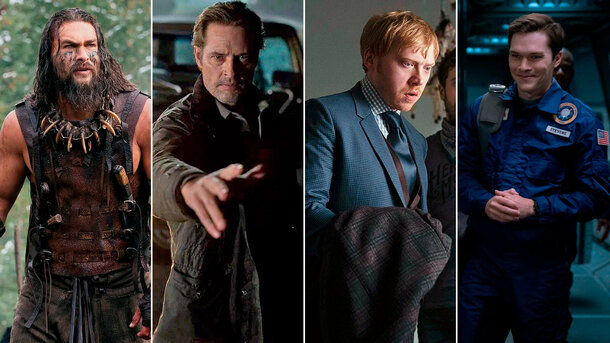The Lord of the Rings continues to fascinate fans around the world, even though Tolkien’s books were published in the mid-20th century. After the iconic film trilogy adaptation in the 2000s, interest in Middle-earth was reignited. Later came the more controversial The Hobbit films and the high-profile series The Rings of Power — both added to the franchise’s popularity, but also introduced some confusion.
Today, most fans know the universe primarily through the films and series, not the books. This leads to myths that are passed from discussion to discussion. Viewers are convinced that certain events happened in Tolkien’s work, when in fact, they’re creative liberties taken by the filmmakers. One example concerns a key scene in The Lord of the Rings: The Two Towers.
The Battle of Helm’s Deep
In the film version of The Two Towers, the defense of Helm’s Deep includes a major deviation from the source material — the arrival of an elven battalion to assist the heroes. This dramatic moment has become deeply ingrained in fan memory, and many viewers mistakenly assume it’s part of the book’s canon.
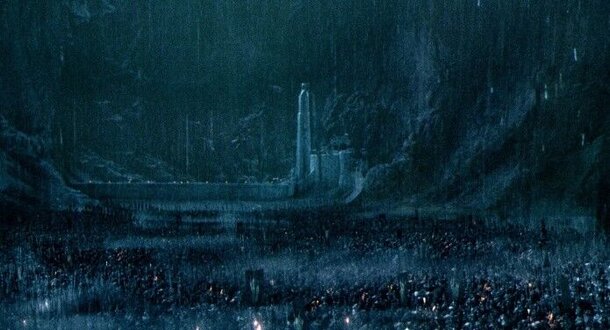
However, this development does not appear in Tolkien’s original narrative. In fact, such a military alliance would have been impossible at that point in the story: the relationship between men and elves was entirely different.
Elves in the Books
Director Peter Jackson intentionally added the scene of elves aiding humans. It was a deliberate decision to portray one final moment of unity between the two races before the elves departed Middle-earth forever.
But this never happened in Tolkien’s books — and couldn’t have. By the time of The Lord of the Rings, elves were no longer involved in the affairs of men. Even in The Fellowship of the Ring, there is only one elf in the group, Legolas, chosen by Elrond. This is no coincidence: Tolkien was emphasizing that the age of the elves was ending, and they were withdrawing from the world of men.

